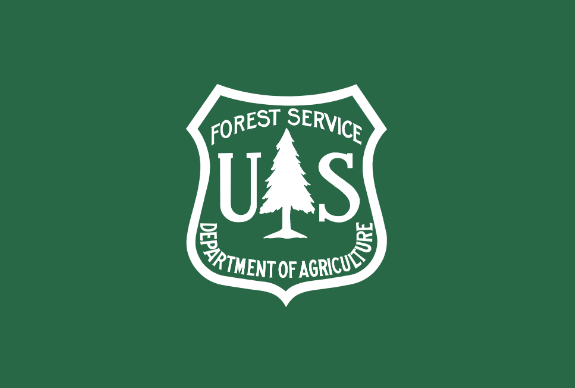Boundary Water Canoe Area Wilderness - Passing Through
These sites are ones where you travel through Boundary Waters Canoe Area Wilderness to get to where you are going, either paddling, hiking, or portaging from one lake to another.
While a permit is not needed to visit these areas, a permit is needed when you travel through Boundary Waters Canoe Area Wilderness to get to them.
Bearskin lake is 500 acres with 8 miles of shoreline. It borders Boundary Waters Canoe Area Wilderness on part of its north shoreline.
Gunflint Lake is a 4,009 acre lake that is half in the US and half in Canada.
This eight mile, narrow, twisting stream route brings wildlife on shore close to your canoe.
Ham Lake is a 119-acre lake with 3.8 miles shoreline and a maximum depth of 40 feet.
Moss Lake, on the boundary of Boundary Waters Canoe Area Wilderness, is a 253 acre lake and is 86 feet deep at its deepest point.
North Fowl lake is a large, 1,040 acre lake along the United States/Canadian border. This lake is shallow, with a maximum depth of only 10 feet.
North Lake is a large and deep 2,349 acre lake that is partially in the United States and partially in Canada and bordered on part of its 26 mile shoreline by Boundary Wate
Pickerel lake is a 181 acre lake in Lake County. The southern border of the lake is on the boundary to Boundary Waters Canoe Area Wilderness.
South Fowl Lake is a large, 1,586-acre lake with 18.5 miles of shoreline that straddles the United States and Canada.




